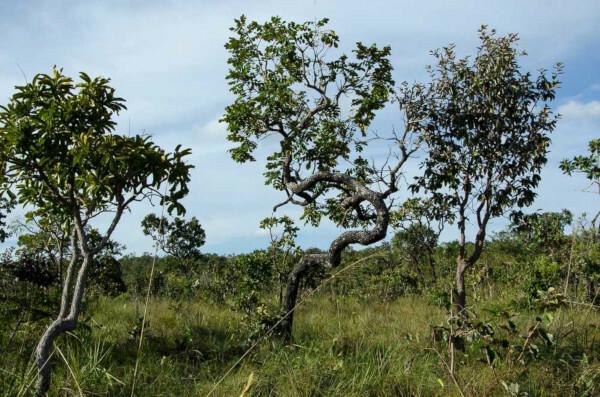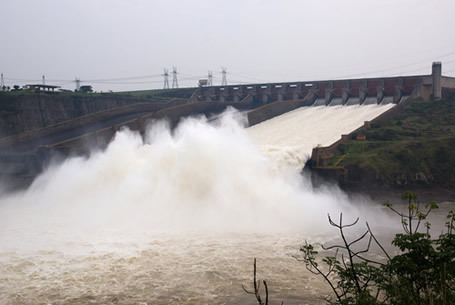The morphoclimatic domains represent the combination of a set of elements of nature – relief, climate, vegetation – that interrelate and interact, forming a landscape unit.
In Brazil, geographer Aziz Ab’Saber was responsible for making this classification. For him, the country has six major morphoclimatic domains:
Amazon Equatorial Domain: located in the northern region of Brazil, it is formed, for the most part, by lowlands, with a predominance of sedimentation, with an equatorial climate and forest.
Domain of the Cerrados: located in the central portion of the Brazilian territory, there is a predominance of plateaus, with the predominant vegetation of the Cerrado.
Domain of the Hill Seas: it is located in the Brazilian Atlantic coastal zone, where the relief of hilly seas and some forested plateaus predominate, as well as the almost extinct Atlantic Forest.
Do not stop now... There's more after the advertising ;)
Domain of Caatingas: it is located in northeastern Brazil, in the well-known drought polygon, characterized by semi-arid interplanaltic depressions.
Domain of Araucarias: it is located in the south of the country, with a predominance of plateaus and araucaria formation.
Domain of the Prairie: also known as the coxilhas domain (relief with gentle undulations), it is located at the extreme Southern Brazil, in the state of Rio Grande do Sul, with a predominance of pampas and prairies.

Between the six morphoclimatic domains there are the transition bands. In these ranges features of two or more morphoclimatic domains are found. Some known are the Pantanal, the Agreste and the Cocais.
By Regis Rodrigues
Graduated in Geography
Would you like to reference this text in a school or academic work? Look:
ALMEIDA, Regis Rodrigues de. "Morphoclimatic Domains"; Brazil School. Available in: https://brasilescola.uol.com.br/brasil/dominios-morfoclimaticos.htm. Accessed on June 27, 2021.
geography of Brazil

See here the most important characteristics of the Cerrado, such as location, fauna, flora, climate, vegetation, aquifer potential, soil characteristics and devastation.

